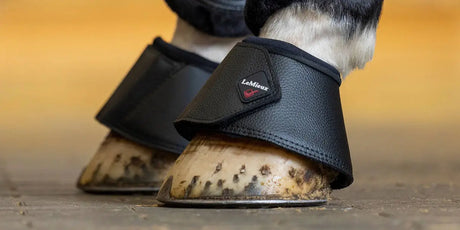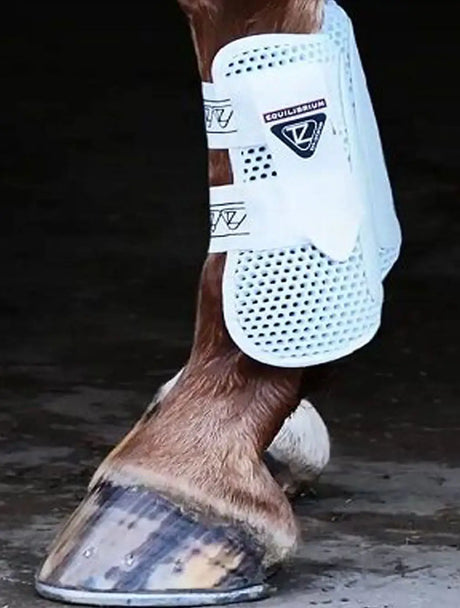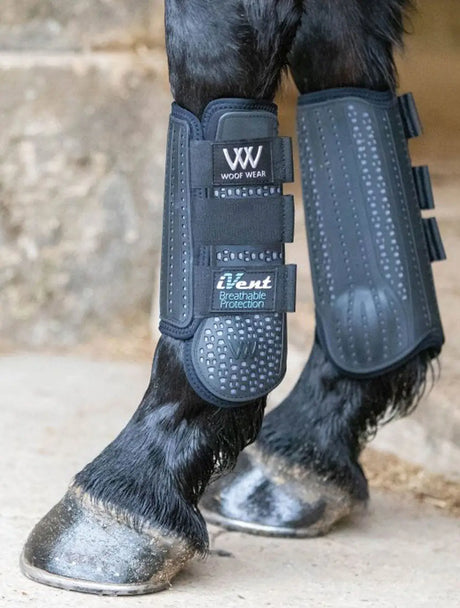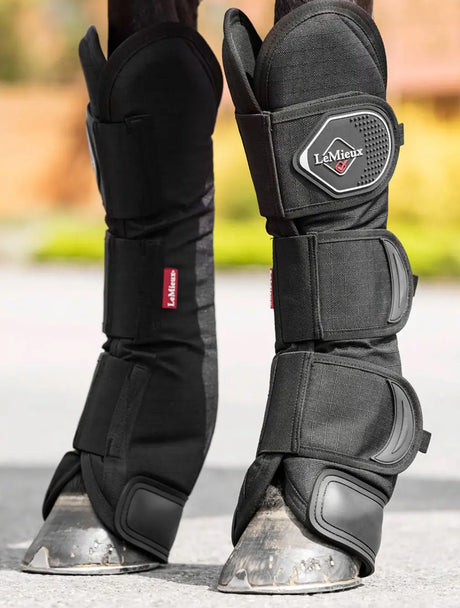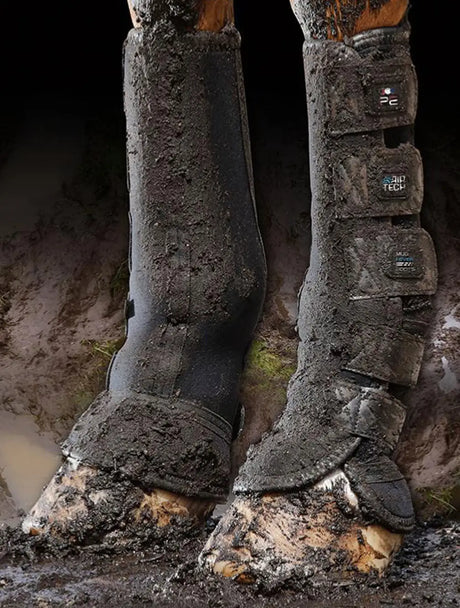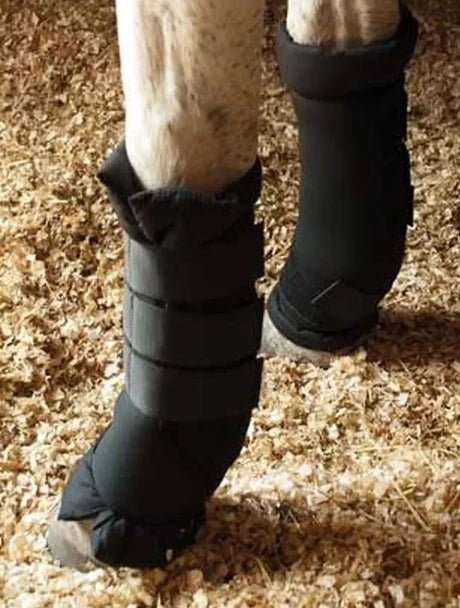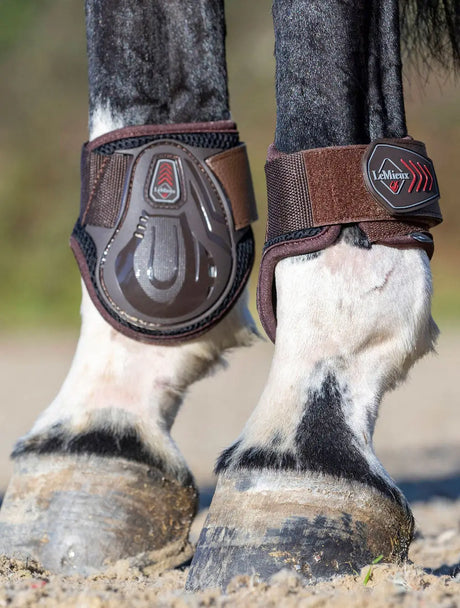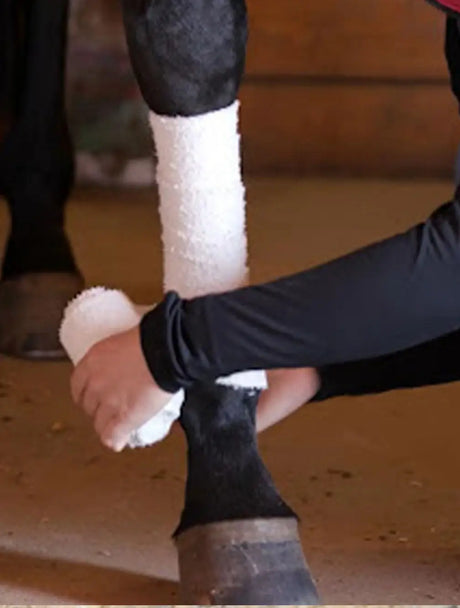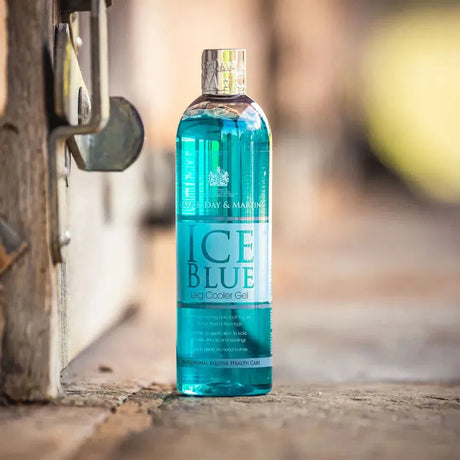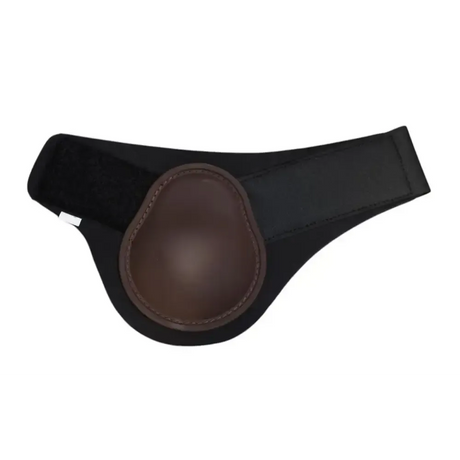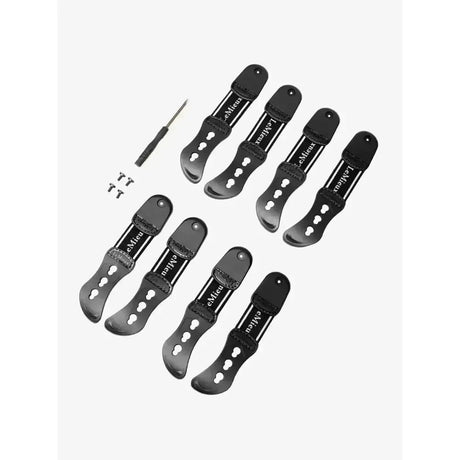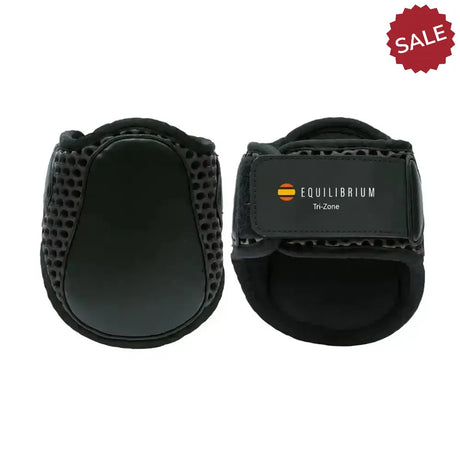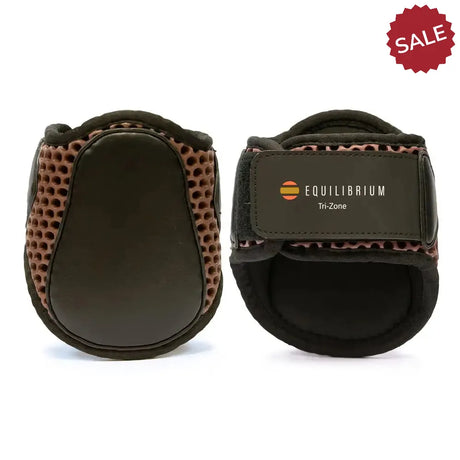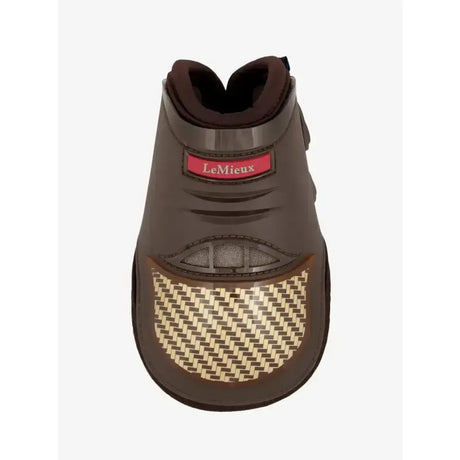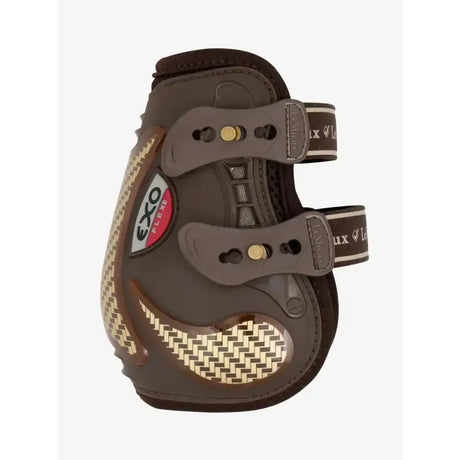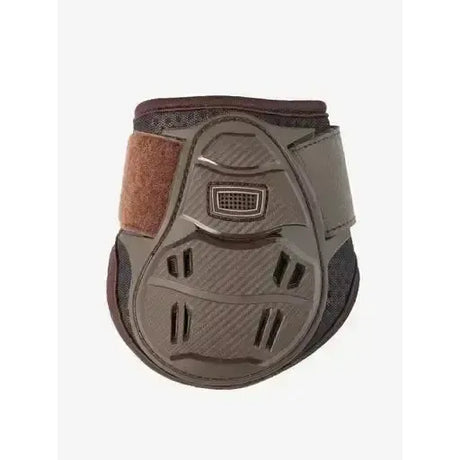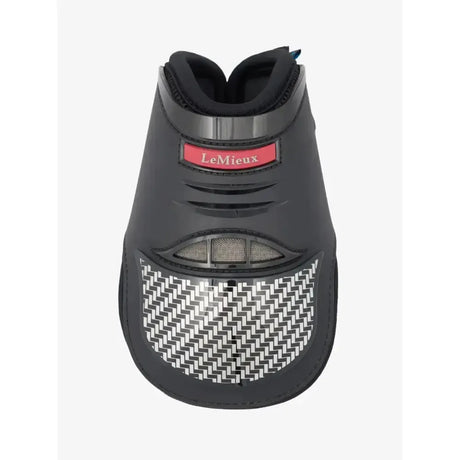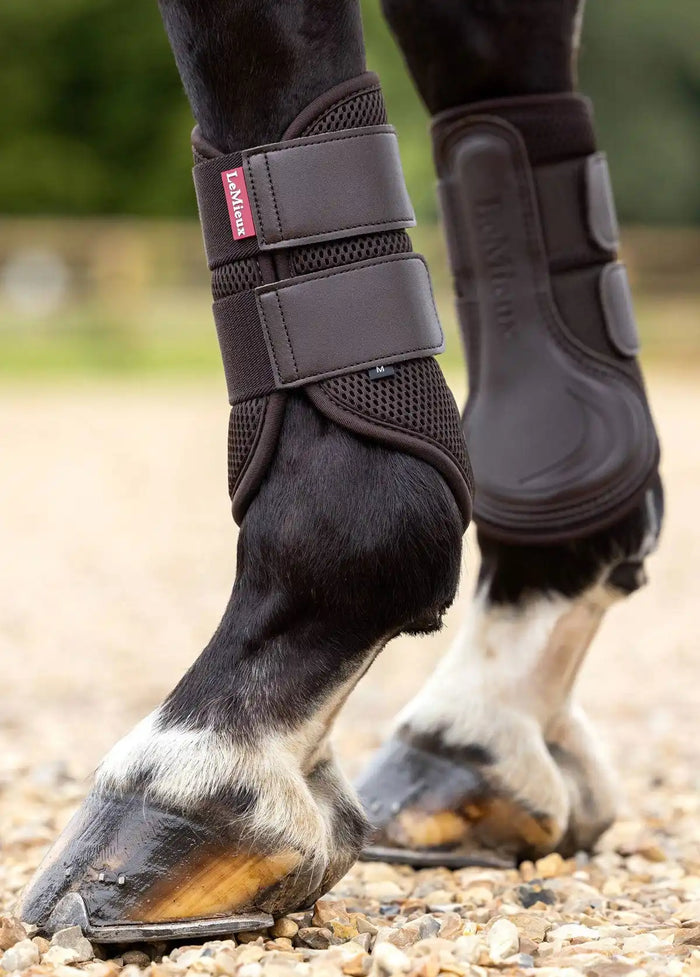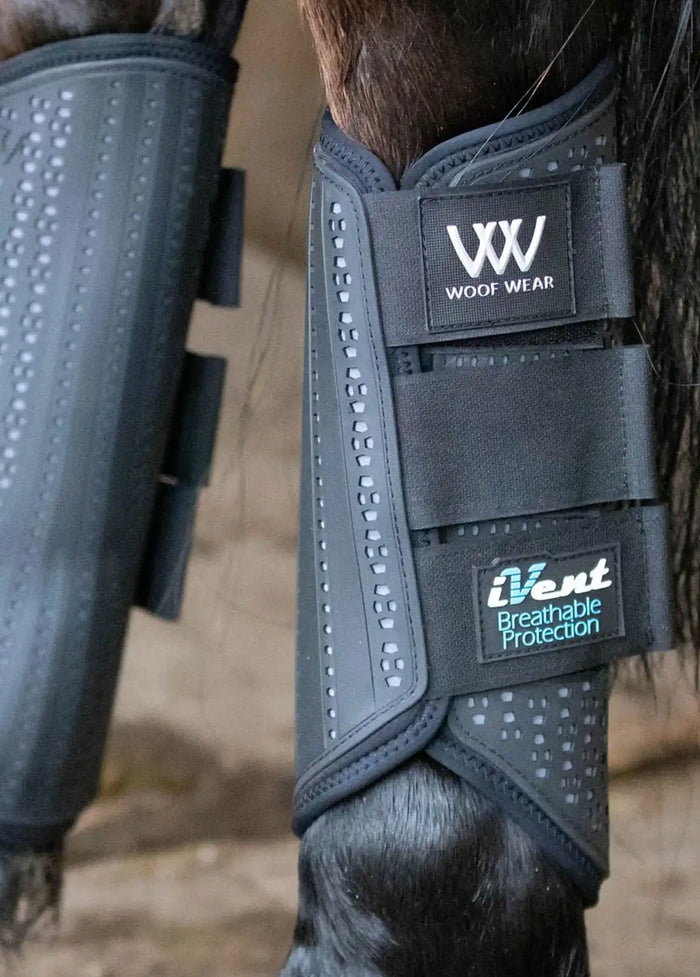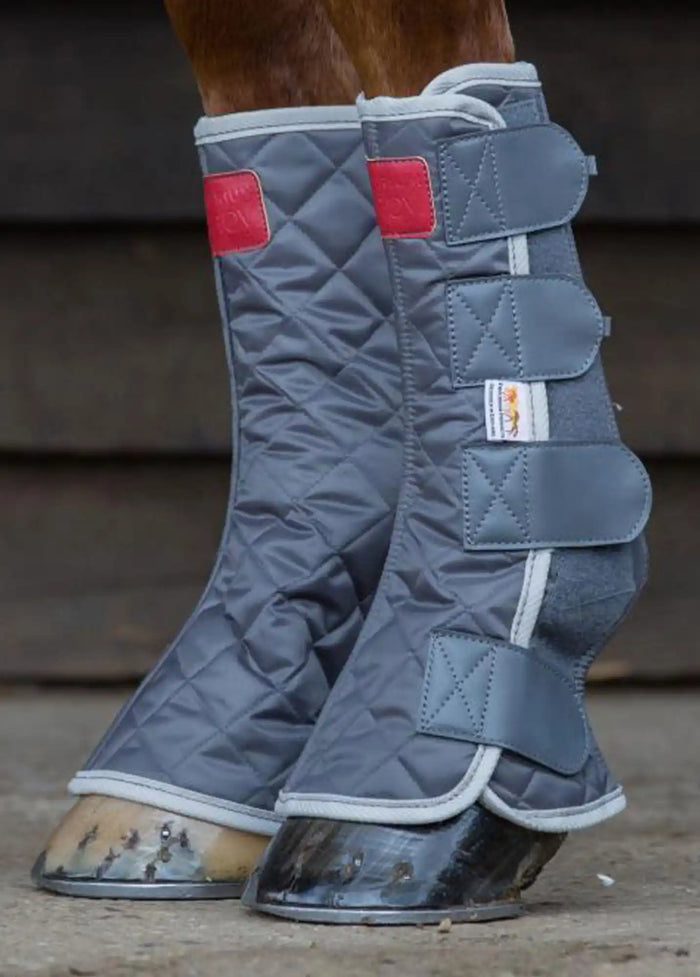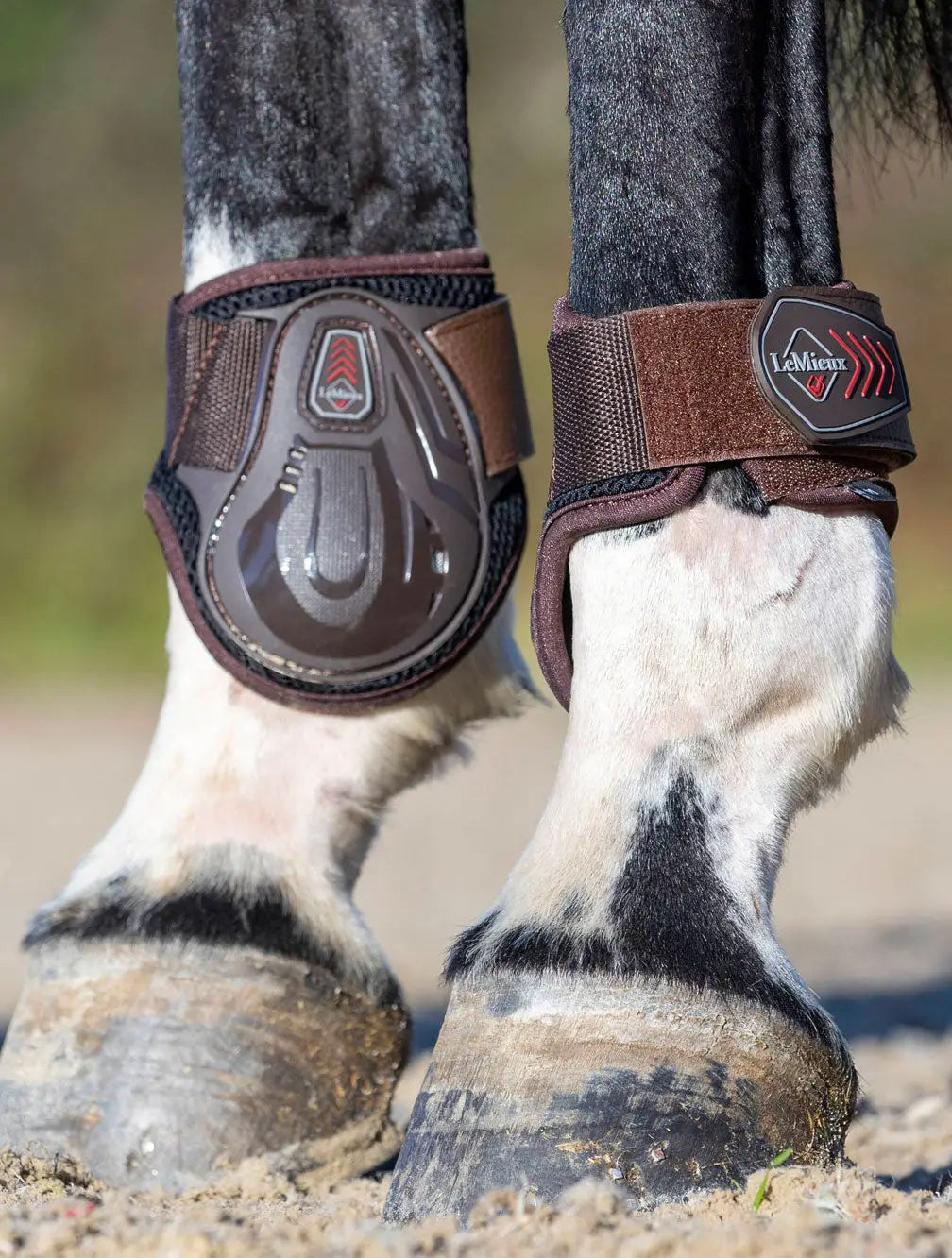Horse Leg Protection
Shop our full range-
LeMieux Derby ProJump Fetlock Boots - Black
£23.40£24.63Save OnlineUnit price /Unavailable -
Fetlock Boots by WeatherBeeta Lite
£21.24£24.99Save OnlineUnit price /Unavailable -
Elico Memory Foam Fetlock Boots
£24.90Unit price /Unavailable -
£12.80
£13.85Save OnlineUnit price /Unavailable -
KM Elite Air Shock Fetlock Boots
£25.72£29.00Save OnlineUnit price /Unavailable -
LeMieux Exo-Flex® Ankle Spare Strap Set Black
£37.95£39.95Save OnlineUnit price /Unavailable -
LeMieux Exo-Flex® Fetlock Spare Strap Set Black
£37.95£39.95Save OnlineUnit price /Unavailable -
LeMieux Exo-Flex® Fetlock Spare Strap Set Brown
£37.95£39.95Save OnlineUnit price /Unavailable -
LeMieux Exo-Flex® Ankle Spare Strap Set Brown
£37.95£39.95Save OnlineUnit price /Unavailable -
Equilibrium Tri-Zone Fetlock Boots White
From £22.47£39.99Save OnlineUnit price /Unavailable -
Equilibrium Tri-Zone Fetlock Boots Black
From £22.47£44.44Save OnlineUnit price /Unavailable -
Equilibrium Tri-Zone Fetlock Boots Brown
£22.47£39.99Save OnlineUnit price /Unavailable -
LeMieux Exo-Flex® Fetlock Boot Brown/Gold
£85.45£89.95Save OnlineUnit price /Unavailable -
LeMieux Exo-Flex® Ankle Boot Brown/Gold
£94.95£99.95Save OnlineUnit price /Unavailable -
LeMieux Motion Cool Fetlock Boot Brown
£56.95£59.95Save OnlineUnit price /Unavailable -
LeMieux Compliant Junior Pro Fetlock Boots Black
£33.20£34.95Save OnlineUnit price /Unavailable -
LeMieux Motion Cool Fetlock Boot Black
£56.95£59.95Save OnlineUnit price /Unavailable -
LeMieux Exo-Flex® Fetlock Boot Black/Silver
£85.45£89.95Save OnlineUnit price /Unavailable

